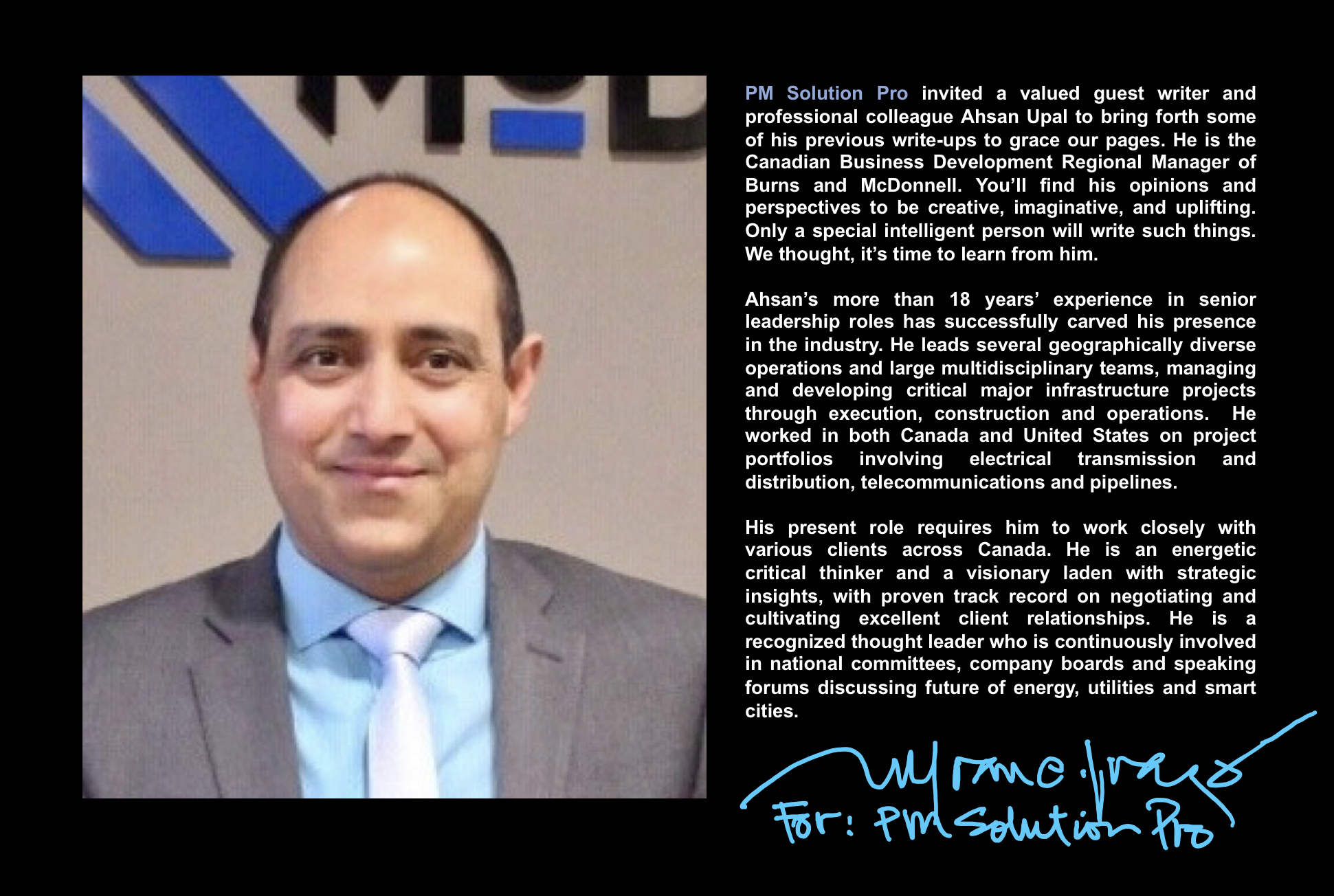Make sure you read also “Cost Reduction Strategies for Utilities Part 1: Multi-purpose Use Assets”
Continuation of “Cost Reduction Strategies for Utilities Part 2 : Technology Adoption”
Make sure you read also “Cost Reduction Strategies for Utilities Part 3 : Asset Life-cycle Considerations”
Make sure you read also “Cost Reduction Strategies for Utilities Part 4 : Strategic Asset Management and Asset Health Tracking”

Enterprise Resource Planning system
In plain words an Enterprise Resource Planning (ERP) system is a central database system that houses financial, human resources, material, schedule, regulatory and work orders information about the capital and operational expenditures (capex and opex) of a company. It has various modules that display that information in a fashion that is suitable for various departments, functions and levels of an organization.
An ERP system today is a crucial tool for utilities to bring greater visibility to the workflows, resource availability, productivity levels, stakeholder commitments and asset management. Access to good data leads to better decisions. Utilities have all kinds of useful and important data about their people, projects, asset health, contractors, facilities, inspection and maintenance, connection requests, regulatory commitments and documents.
If this data is placed in the hands of operators and decision makers from planning, project teams, asset management specialists, operations and construction folks then they will have greater visibility to analyze the field conditions, areas of weakness, resource constraints, associated risk, and can predict cost and schedule outcomes giving them insights to better allocate their capital. You can’t control what you can’t see, and data gives visibility into what would otherwise be a blackhole.
Why not gather pertinent data, create appropriate dashboards and setup appropriate user access and make it available to everyone who could benefit from it. This makes the resources more productive, reduces chances of mistakes and keeps the team aligned, resulting in operational effectiveness. Some ideas that can lead to cost savings in the short-term are.

- Prioritizing both capital and operational expenditures based on priority and business impact. Project teams are always trading dollars to gain schedule or reduce risks. This approach can help determine where to focus the capital and resources and not pay premium for expediting services that have a lower priority and business impact.
- Benchmarking internal and external resources for capacity, capability and productivity to determine each team’s capability to successfully execute work while delivering value. This will allow management to select resources that are best suited to undertake a certain scope of work, allowing various parties (both internal and external) to compete on capability and success of the past execution history. This process rewards good performance with repeat work and places accountability as a forefront to win projects versus straight allocation based on availability of resources and lowest rates. This technique in turn improves performance and productivity delivering better results and greater value for money.
- Utilities use a plethora of computer tools to run studies and do design calculations and analysis. Each program requires data to be entered to run the calculations and models. Data for an asset could be entered multiple times for instance once to run conceptual models, then for detailed electrical rating studies, once to do structural analysis and once to do foundation design and once for asset management. Why are there so many different tools to analyze various functions of the same asset and data needing to be manually entered over and over again. Wouldn’t be nice if all parameters about an asset came from the manufacture and got entered once into a system once, and then various calculations involving that asset could poll that data automatically reducing much labor, data entry errors and improving overall calculation accuracy using one version of truth.
Guest Author: Ahsan Upal

